Last year I wrote about the various ways that women and families stayed warm during the cold months in Victorian times. I mentioned the little-known use of hot ceramic bottles sometimes placed in a hand muff and said that I’d love to come back to write more about this particular fashion accessory. Well, hand muffs remain one of my favorite looks from the past and it is now winter again, so I am exploring the hand muff in more detail.
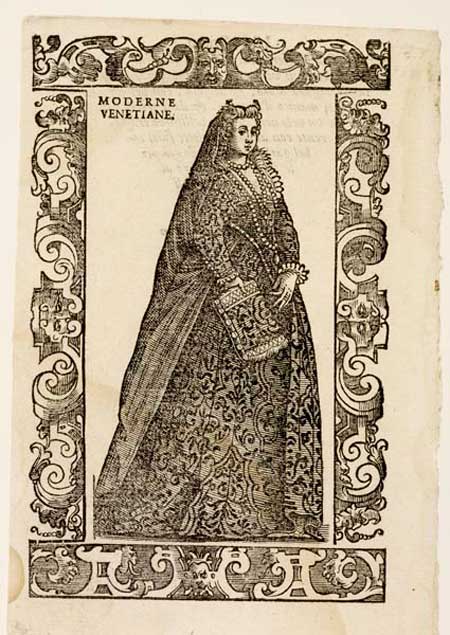
For many years, the hand muff was seen as a luxury item similar to what a fur coat once was, or what a Prada handbag would be today. Given this highly sought after nature that they had for multiple centuries, there is also more to know about this winter accessory than you may think. It was fun for me to take a look at the history of this item, especially as I don’t think we will be seeing them trend again any time soon!
The invention of the hand muff
One thing that I learned while researching this post is that muffs first became fashionable in the 1500s, much earlier than I had thought. Curator Beatrice Behlen of the Museum of London speculates that they were invented as the style of long, wide sleeves (think the portrait of Anne of Cleves) went out of style and something was simply needed to warm the hands.
Many of us may think of hand muffs being made of animal furs, though in the early years they were merely trimmed with fur and instead made of lovely silk designs. I am including some examples here.
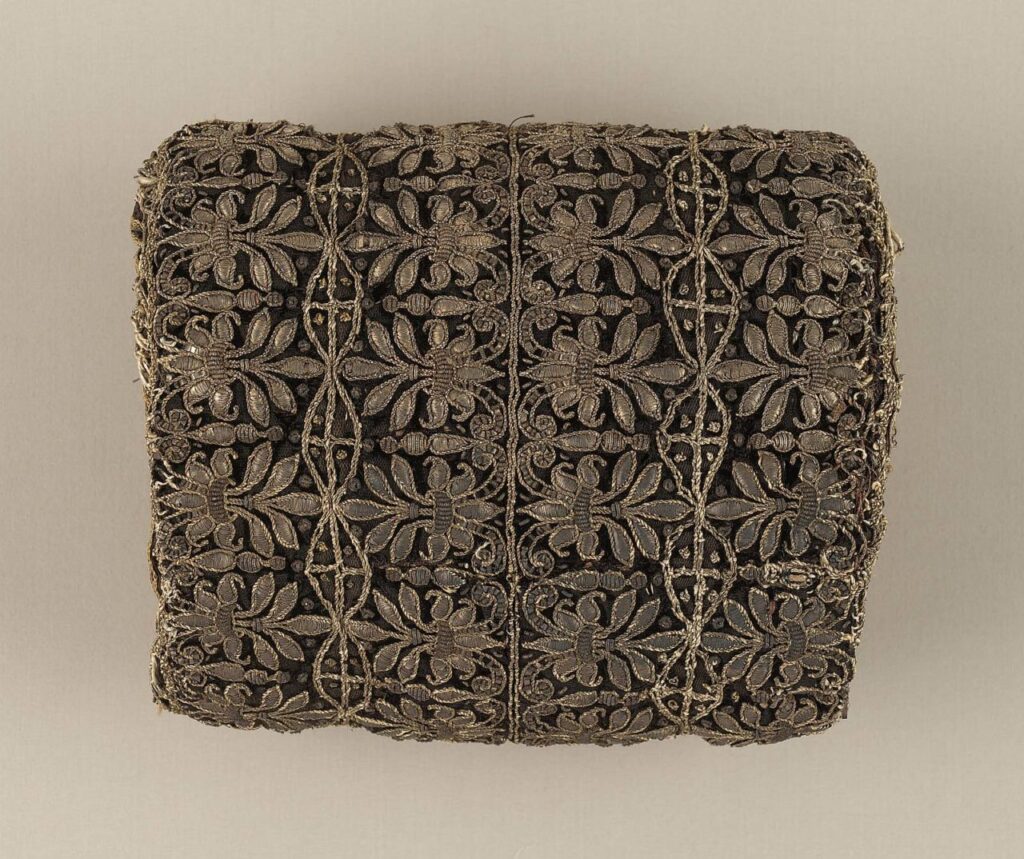
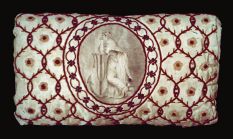
Men wore them as well
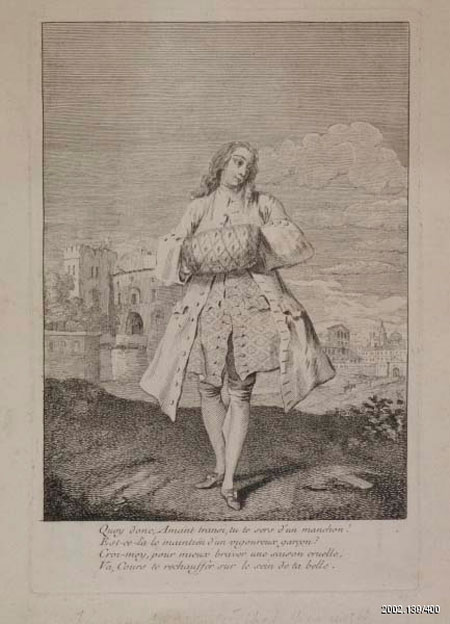
Although we would find it hard to use our smartphones with our hands in a muff, they were practical accessories for cold weather, and for a short period of time men wore them out of necessity as well. In the 1600s they were widely worn by men and women alike, especially members of the upper-class. Eventually, they grew out of style for men. I am guessing this was because of the same reasons they would grow out of style for women hundreds of years later, they are simply too constricting. Behlen states that the accessory was also increasingly seen as both effeminate and French, things that men in other parts of Europe would have wanted to avoid. In fact, the double-entendres that some readers may be aware of originated in the late 1600s and early 1700s.
A highly practical item for winter
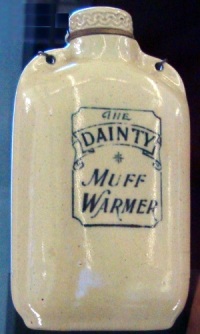
While to some people today the hand muff seems like a silly and even superfluous item used in times past, they were highly effective for keeping the body warm. The heat created by the tight insulation of the wrap would have always kept the fingers warm, especially considering that they were also gloved. This would have been especially useful during their most popular times such as the mid-1800s when cloaks and capes were worn by women rather than jackets.
Some women around this time took things a step further and wore hand muffs that were designed to be used with a ceramic flask filled with hot water. Imagine how nice and warm a winter walk would be with one of those wrapped around your hands!
Around this time there were also variations of the hand muff that doubled as a wallet or purse. As you can see, it was a clear example of functional fashion.
Status symbols
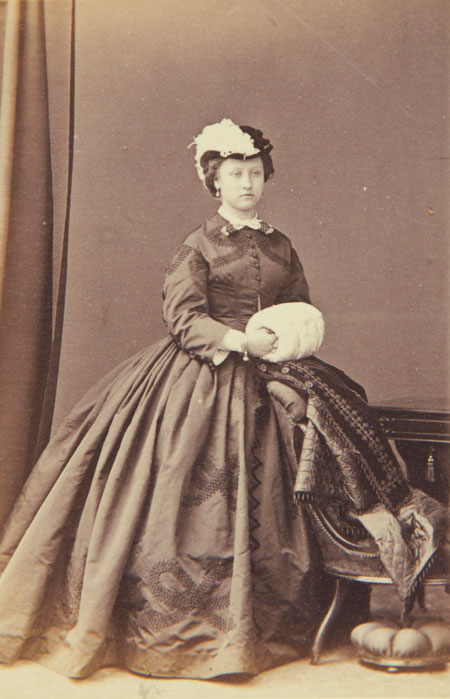
By the time the 18th century rolled around, furs and animal skins were being seen as signs of status and we begin to see hand muffs being made of fox, mink, and feathers to a lesser extent (though I find these more attractive). This and the fact that wearing one does prevent movement of the arms, relegated the accessory mostly to upper-class women. And for these women, not only was it an absolutely essential item to have during winter, they were proud to flaunt them
Upper-class women often had their portraits done with their muffs on, showing how serious the fashionistas took them. This shows how fine and fancy they were, as there would be no other reason to have an indoor portrait done with any winter accessories at all. It seems that all other outerwear was set in the cloakroom while the portrait was done except this one.
Go big or go home
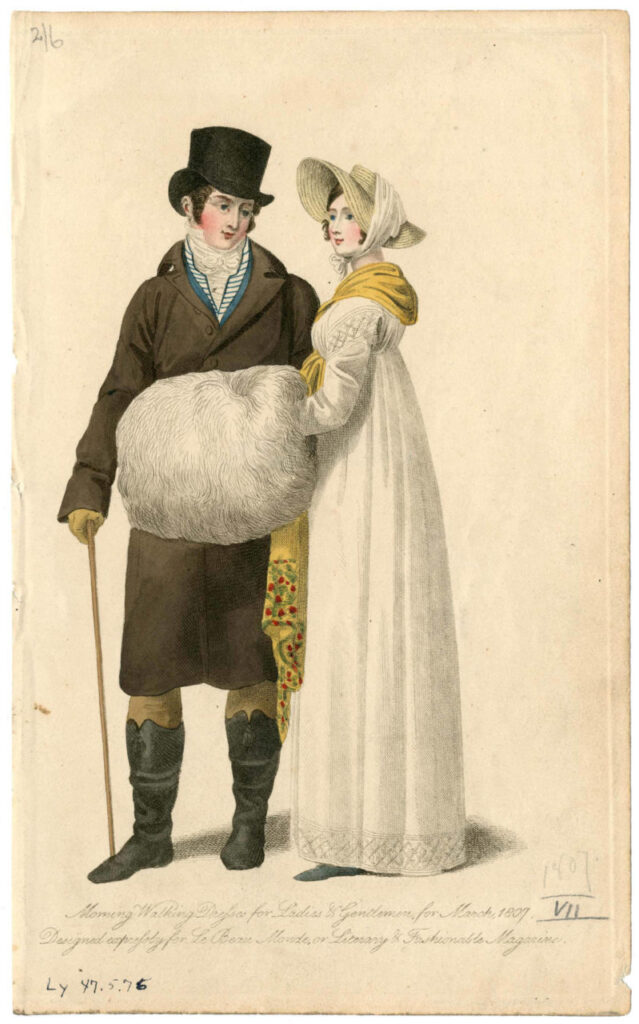
I have been interested to find in my research that history writers refer to hand muffs as “curious,” “odd,” and even “ugly.” While it is easy to find fashions from the past unusual from a modern lens, the hand muffs had detractors in the 19th century as well. As we have seen in previous posts, women’s fashions became more extravagant in the mid to late 18th century, possibly as a way for women to simply become more visible as they began to assert their independence. Social commentators, mostly men, took note of the over-the-top nature of the fashions of the time and enjoyed belittling women for it.
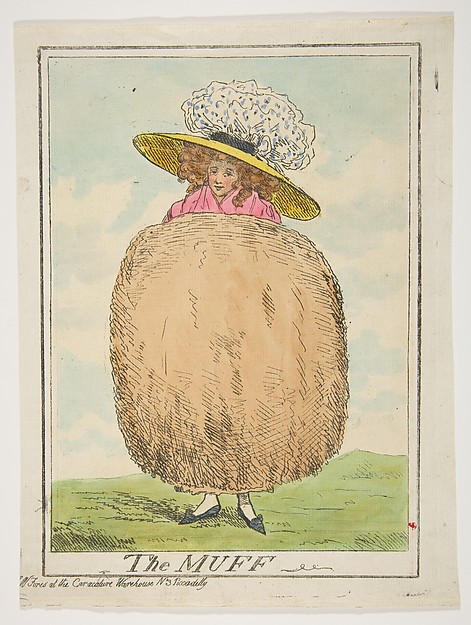
It is true that in the late 1700s the hand muff saw an expansion. The image to the left, from a standard fashion plate, shows the trend. Yes, it’s pretty big, and in my research on dress reform, I have often come across satire of this particular accessory.
While the images are quite funny, I find it problematic that men would go so far out of their way to publicly shame women for their clothing choices. I believe that it was meant to be a distraction from the real issues facing and concerning women of the time and a deliberate attempt to keep them in their symbolic and literal place. But as I often say, that is a topic for another time!
1930-1940s comeback
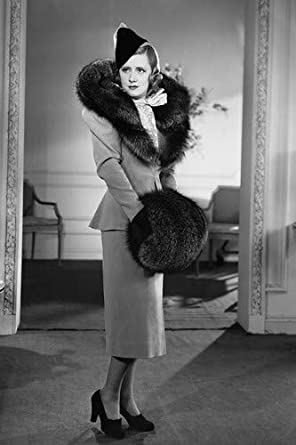
If you think about winter fashions of the Jazz Era you may think of large fur coats rather than hand muffs. This is because with the emergence of large furs onto the market, there was another place for women to keep their hands warm, in warm coat pockets! This, and the obvious fact that women were becoming more mobile made hand muffs less desirable. However, we see quite a strong comeback in the 1930s and 1940s. This may have been because the war made animal fur coats less available while fur remained sought after. Much less fur is needed to make a hand muff and I have even read that coats were sometimes used to make them. They were highly fashionable, with many starlets being photographed wearing them. Here are a few lovely examples.
After the war, however, they fall out of fashion. As with many women’s fashions from the past, the muff was restrictive. While practical to keep warm, they are impractical for many other aspects of a woman’s life. It is hard to dig in a purse, talk on a phone, drive a car, and dash in and out of places while wearing one. They may make appearances on catwalks here and there, but I’m guessing we won’t be seeing another revival any time soon.

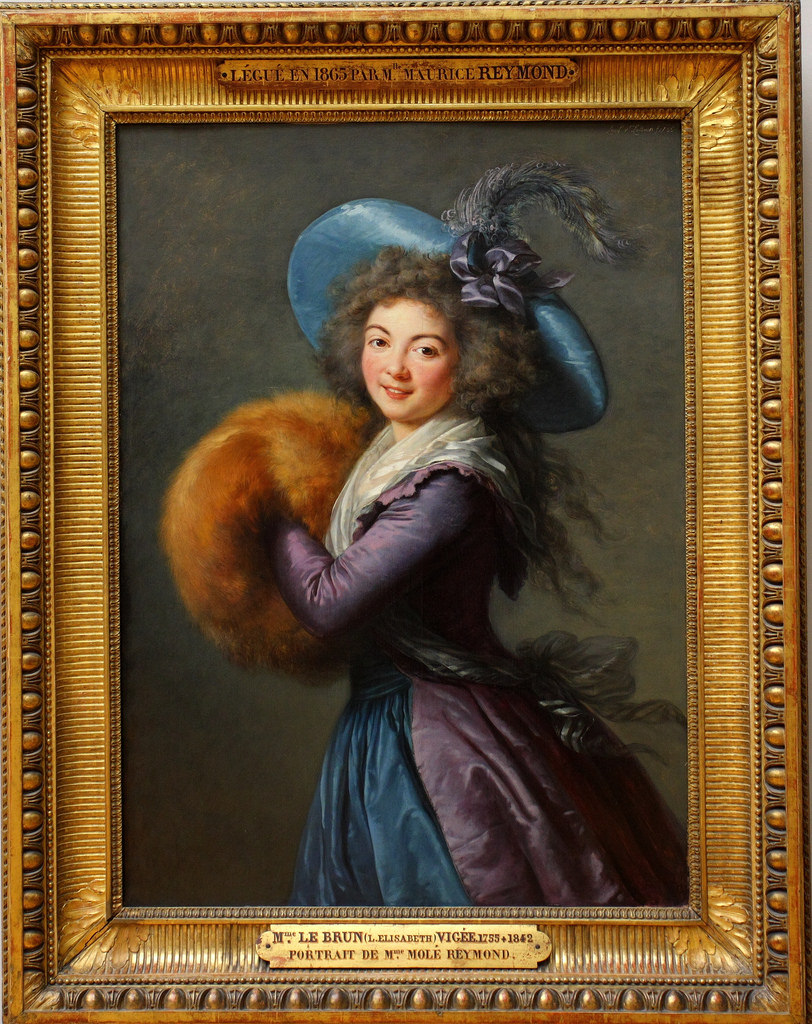












I agree, Carol! We do sell them, and they are popular – https://recollections.biz/clothing/Muffs.html
Love your article on the history of the muff. My sister and I had muffs back in the 50’s and they were made out of rabbit fur. We loved them, so it’s too bad that they are a lost article that little girls will never get to have.
I enjoyed your article about history of the hand muff. My sisters and I enjoyed wearing one in the early 1960’s . Reading your article evokes a feeling of nostalgia. For a hobby, I have updated the look of handmuffs for children I used complimenting fabrics example; black with pink lining and a embellished rose, or furry turquoise fleece with white lining… I have gifted a few hoping the tradition of the muff lives on! Loll
Thank you for your fascinating blogs, I really enjoy them.
In winter 2010, I broke my wrist falling on an icy path. After treatment, which included an operation to put pins in my wrist & plaster me up from knuckles to elbow, I was left with no way of wearing a glove on that hand and it was very cold and snowy. The answer came to me of making a muff. So I made one of two pieces of fur fabric from my stash (cut by my husband), after sewing it together I added a cord so I could wear it round my neck. It worked beautifully, and I think people are missing out on using them because they fear they would be cumbersome, but I found it much easier than wearing gloves which had to be taken off in stores,etc. With a muff that has a neck cord or strap, you just slip your hands out, no fumbling with gloves. I imagine people could modify them by adding a pocket for a cell phone and small wallet on the inside if they wanted to, it’s not a difficult thing to make or customise.
I love muffs, I think they look very stylish! And actually have been wanting one for practicality these days- I find I need a bare hand to use my phone (touch screens, fingerprint recognition) and I don’t really like ‘touchscreen compatible’ gloves. Meanwhile, a muff could keep a bare hand warm and store my phone in a pocket until I’m ready to use it!
I’m 63 y.o now. I do remember my hand muff. It was two tone brown one. I was born in 1959. To which I was between 5 and 9 yrs old when I recieved mine.
When I was a young girl (born in 1954) late 50’s early 60’s each year my mom and dad would give me a matching muff and hat for Christmas. I absolutely loved them. They were always so beautiful!
I love muffs! I had a pretty sweet white faux fur one from JCPenny as a little girl, lol!
My grandfather actually proposed with a mink hand muff, he bought it for my Nana for Christmas and put the ring inside. When she then put the muff on her hands, she felt the box inside the internal pocket. It sounds very extravagant, although she never had another fur item. We still have the muff, it’s just as pretty today as in 1938 🙂
What a lovely thought! They did stay in fashion for girls for a couple more decades after women stopped wearing them. I bet you were adorable in that outfit!
Enjoyed your article on muffs! Brought back fond memories of the early sixties, one Christmas when I was about 5 got a new coat, fur hat & matching muff! Certainly thought I was the the cat’s pajamas wearing this outfit!
Thank you so much for reading and sharing your story! I think they make for a very charming and elegant look as well!
This warmed my heart. I had a little black velvet hand muff when I was a small child and it had a tiny coin pocket hidden inside it–although I’m sure that mine was made in the 1970s or 1980s when Laura Ashley’s Edwardian-inspired dresses were popular. I distinctly remember carrying it to church at Christmas and in the winter with my offering tucked into the coin pocket. I felt quite elegant carrying it with my hands tucked up inside it, but I do think a miniature hot water bottle would have made it even better.